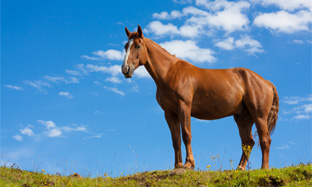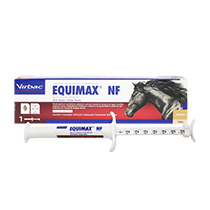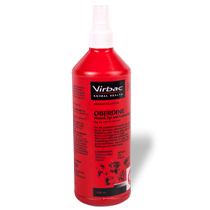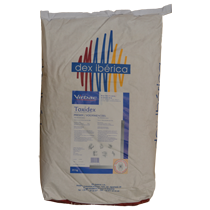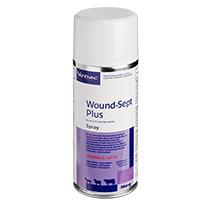
Horse pains: how to prevent your horse from suffering
The equine species has a particularly discreet expression system of pain. This character makes it possible not to overexpose to predators by revealing a possible state of weakness.
This characteristic is even pushed to the extreme in the asine species, where one will even evoke a true resilience (stoicism), with a mute pain in its expression. If these elements are useful to the species to guarantee its survival in the wild, they also represent a real difficulty for riders, owners and any stakeholder of the equine environment, for whom it is essential to detect any degradation of the state of their horse as soon as possible.
Among these warning signs, care should be taken to carefully note any change in the behaviour of a given animal (rejection of interactions with humans or congeners, sorting in the ration…), any modification of the facies (fixed gaze, dilated nostrils, recumbent ears…), any phenomenon of prolonged sleeping / rolling. A simple modification of the port of the tail or of tail movements can be the sign of a painful developing phenomenon, in the same way that simple yawning can be the warning signals of the development of gastric ulcers.
In case of doubt, it will be necessary to continue the examination by the evaluation of quantifiable physical parameters revealing certain vegetative modifications attributable to the presence of pain: modified heart rate, sweating, tachypnea (accelerated and superficial respiration), modification of food intake…
If at first, pain is a formidable warning signal, allowing the body to react adequately to an aggression (physical, chemical or infectious, it must not persist in an excessive manner, at risk of becoming an aggravating factor of the original damage. In addition to the obvious alteration of the animal’s sporting results, the consequences of unmanaged pain can be multiple:
- Infectious: prolonged circulating cortisol (hormone) associated with prolonged stress can cause a decrease in the efficiency of the immune system and thus facilitate the appearance of pathologies
- Gastrointestinal: anorexia and / or any change in water intake may result in ileus, ulceration and thus colic
- Metabolic: the increase in protein catabolism (degradation) associated with gastrointestinal dysfunction and more or less severe anorexia, will inevitably lead to delayed healing
- Cardiovascular: the maintenance of an abnormally high heart rate, associated with vasoconstriction (reduced diameter of the blood vessels), can lead to a worsening of cardiac abnormalities and to high blood pressure
- Respiratory: the presence of a high respiratory rate associated with reduced respiratory movements in amplitude, can lead to the development of pulmonary pathologies, by retention of secretions and hypoxemia (decrease of the oxygen transported by the blood)
In order to limit these risks, an appropriate pain management strategy should be adopted as soon as possible.
After a complete veterinarian assessment of the condition of the animal, it will then be appropriate to implement the strategy adapted to the level of pain identified. The first and most effective solution is at first to remove (where possible) purely and simply the origin of the pain: layout of the stable, put to rest, modification of the saddlery or the martingale / tack…
In terms of drug management, it will be common to use anti-inflammatory agents, whether steroidal (glucocorticoids) or non-steroidal (NSAIDs family). The use of one molecule or the other of these two families should be made according to the expected properties, because even if both are analgesic, some are only anti-thrombotic, antipyretic… Moreover, we must not neglect the elimination time of these molecules when they are prescribed to sports animals, as it is possible for some to be found in analyses several months after administration. In any case, it is never trivial to choose one or the other, and it is not recommended to advise a third party to use a product that have been personally prescribed for your animal.
Being attentive to the pain of your equines is essential, and adopting the adapted solution even more so: always ask your health professional for advice, because pain relief is not enough, and without diagnosis you risk to make the evolution of a pathology much more serious than the original signal.

